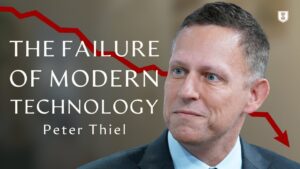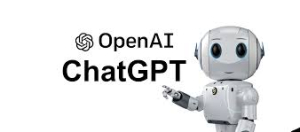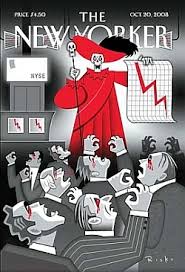 Donald Trump won’t hold power next January.
Donald Trump won’t hold power next January.
Donald Trump is a dementia victim. He is incapable of doing the job of President or any other job. My mother died of dementia in 2016. I know the symptoms.
Peter Thiel (right), a South African immigrant behind the current Artificial Intelligence (AI) boom, will be President.
How did this happen? The people behind AI were able to buy the government.
Thiel runs Palantir, a major military contractor and AI stock now worth over $100 billion. He is close to Elon Musk, another white South African immigrant and AI parvenu who is worth over $250 billion. They’re allied with a collection of Venture Capitalists and entrepreneurs in the AI business, which now controls most of the world’s money.
The Golden Rule of Politics

He who has the gold makes the rules.
When cotton ruled the economy in the early 1800s, slavery made the rules. When it was railroads later in the century, they made the rules. Utilities, manufacturers, and oil all had their day. Since 2008 cloud technology has made the rules.
But it’s AI, a specific subset of cloud technology, that now has what seems like all the money in the world. Thus, it’s the AI industry that makes the rules. This series tries to explain all that and see what comes next.
AI is very different from the cloud industry that controlled technology after 2008. The change happened very quickly thanks to two companies, Nvidia and Google. Nvidia is a chip designer, Google a search engine. The historical analogy is to Apple and Xerox Parc.
In November of 2020 Nvidia stock was worth the equivalent of $14 per share. It closed November 6 at $146.51. That’s a gain of 2,705%. Its market cap is now $3.57 trillion. That’s about the GDP of India, the world’s fifth-largest economy, and one of its fastest growing.
The cloud companies buying Nvidia’s chips have also seen huge gains. Apple and Microsoft are both worth over $3 trillion. Google and Amazon are each worth over $2 trillion each. That’s $13 trillion in 5 companies, over 10% of the globe’s entire market capitalization. Between them the NYSE and NASDAQ have over half the world’s stock market value. This is dominance on a scale never seen before.
How GenAI Works

GenAI is based on “deep learning.” This involves creating Large Language Models (LLMs), huge databases “trained” by creating pointers within them, which are then queried with different input and output structures.
Nvidia enabled this with Graphics Processing Units (GPUs), now called AI chips. These are math processors originally built for running video games faster. They ignore the strictures of Moore’s Law in two important ways, allowing faster leaps in processing power than even Moore predicted.
First, Nvidia chips are just bigger. With most chips you will find dozens or even hundreds on a single round silicon wafer. The latest Nvidia chip, Blackwell, requires more than one silicon wafer to produce.
Second, Nvidia chips ignore the power problems that moved Intel to start dividing chip “real estate” into multiple virtual pieces 20 years ago.
By ignoring these limits, Nvidia can handle the math problems required not only for “training” LLMs, by putting pointers into the databases, but running those databases as a single system.
This has developed very, very quickly. The key concepts behind Deep Learning were only proposed by Google in 2017, in a paper called “Attention is All You Need.” At the time it was a theoretical exercise. The required computing power didn’t exist, and the authors didn’t think it could exist for many years.
They were wrong.
Huang Beats Moore

Everything looks great. But the AI boom contains the seed of its own destruction, just like the Internet boom of the 1990s, which didn’t deliver profits to meet the expectations of investors.
First, AI clouds don’t scale the way the original clouds, like those of Google, Microsoft, and Amazon.Com, scaled. Their models are really products of Moore’s Second Law, not the original Moore’s Law. The Second Law holds that production costs rise in line with complexity. Each ChatGPT LLM costs a lot more to produce, but its capability (in terms of delivering answers that aren’t filled with hallucinations and mistakes) doesn’t increase in line with Moore’s Law either. The fifth version of ChatGPT is not 64 times smarter than the original.
Second, AI costs a lot of money to run. Interference between circuit lines means a single Blackwell chip consumes 1,200 watts of power in operation. They’re efficient in terms of energy per compute, but they still require more energy overall. Nvidia is making millions of Blackwells with plans to launch an even more power hungry chip next year called the Rubin.
Trouble Ahead

A crash is thus certain. It’s true that brain science may deliver better software solutions (your brain runs on 20 watts) but that capability is not going to be delivered to our AI masters any time soon. AI is artificial, not intelligence.
AI’s costs are unsustainable and when the market recognizes this, the value of Nvidia and its customers will plunge. The next section is about that.










